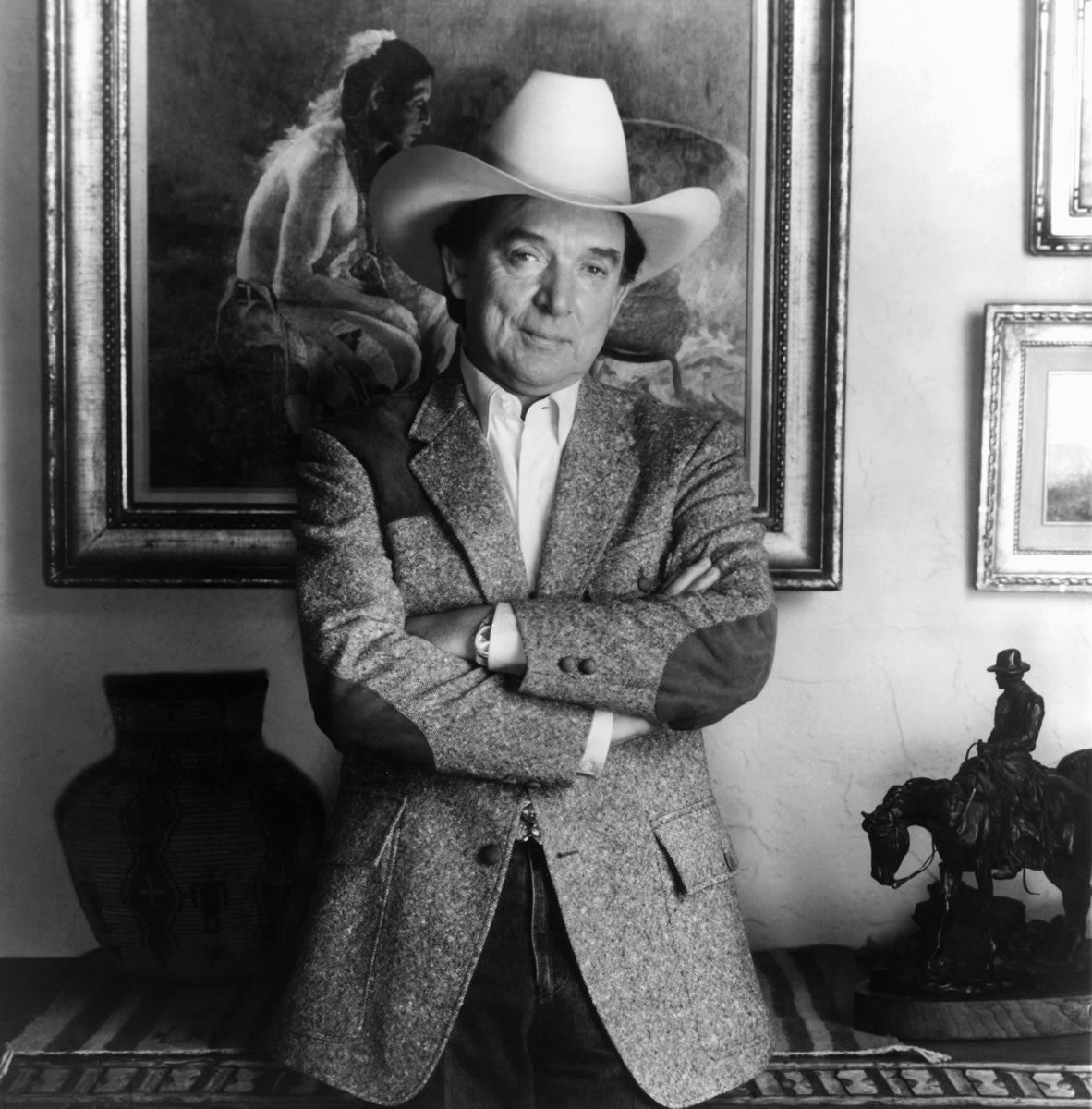Ray Price, a Hall of Fame singer regarded as one of country music’s rebel talents for his trend-setting shuffle beat and his Vegas-style balladry and for nurturing the career of an aspiring songwriter named Willie Nelson, died Dec. 16 at his ranch outside Mount Pleasant, Texas. He was 87.
Billy Mack Jr. confirmed the death to the Associated Press. Mack, a family friend, told the news agency that he was acting as a family spokesman.
The wife of Tom Perryman, a family friend and spokesman who is a DJ with KKUS-FM in Tyler, Texas, also confirmed his death. Price had pancreatic cancer.
Price spent his early career copying his mentor, the singer Hank Williams. He substituted when Williams went missing or was too drunk to perform and took over Williams’ band, the Drifting Cowboys, after Williams’s death in 1953.




